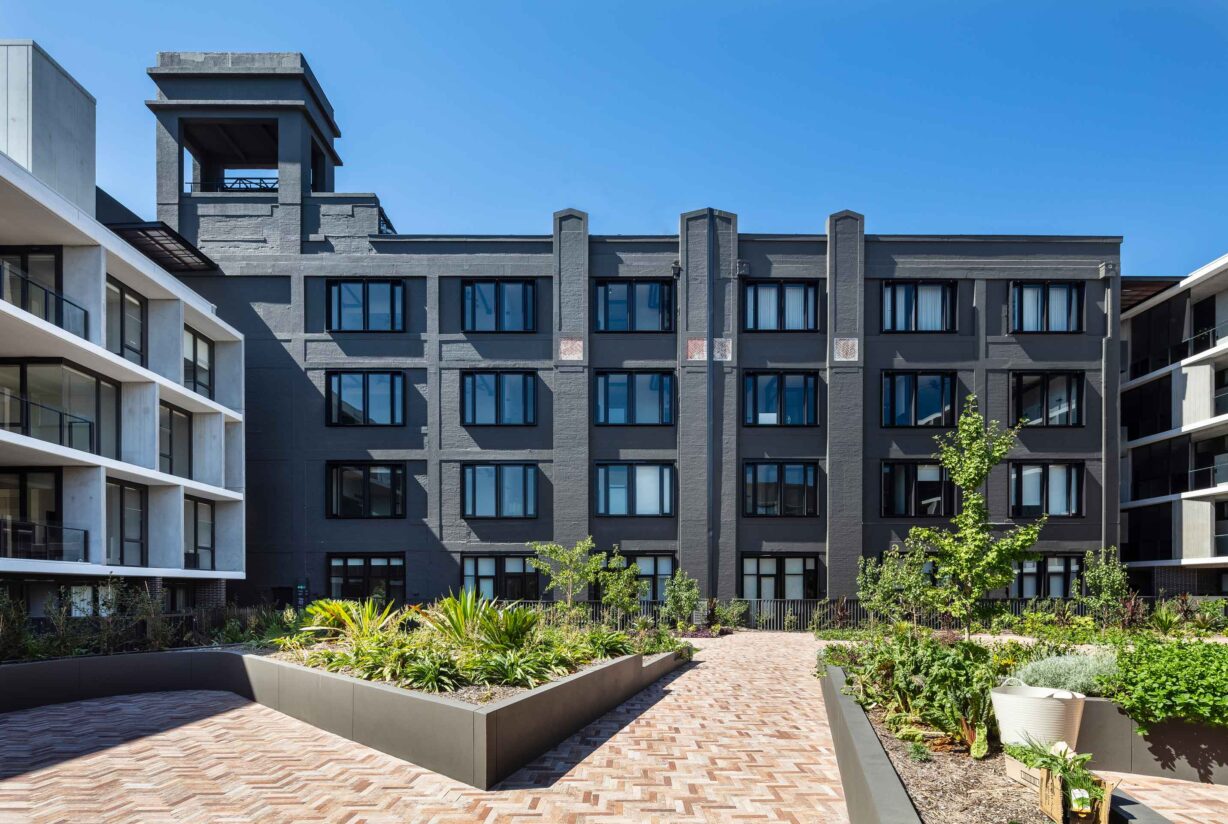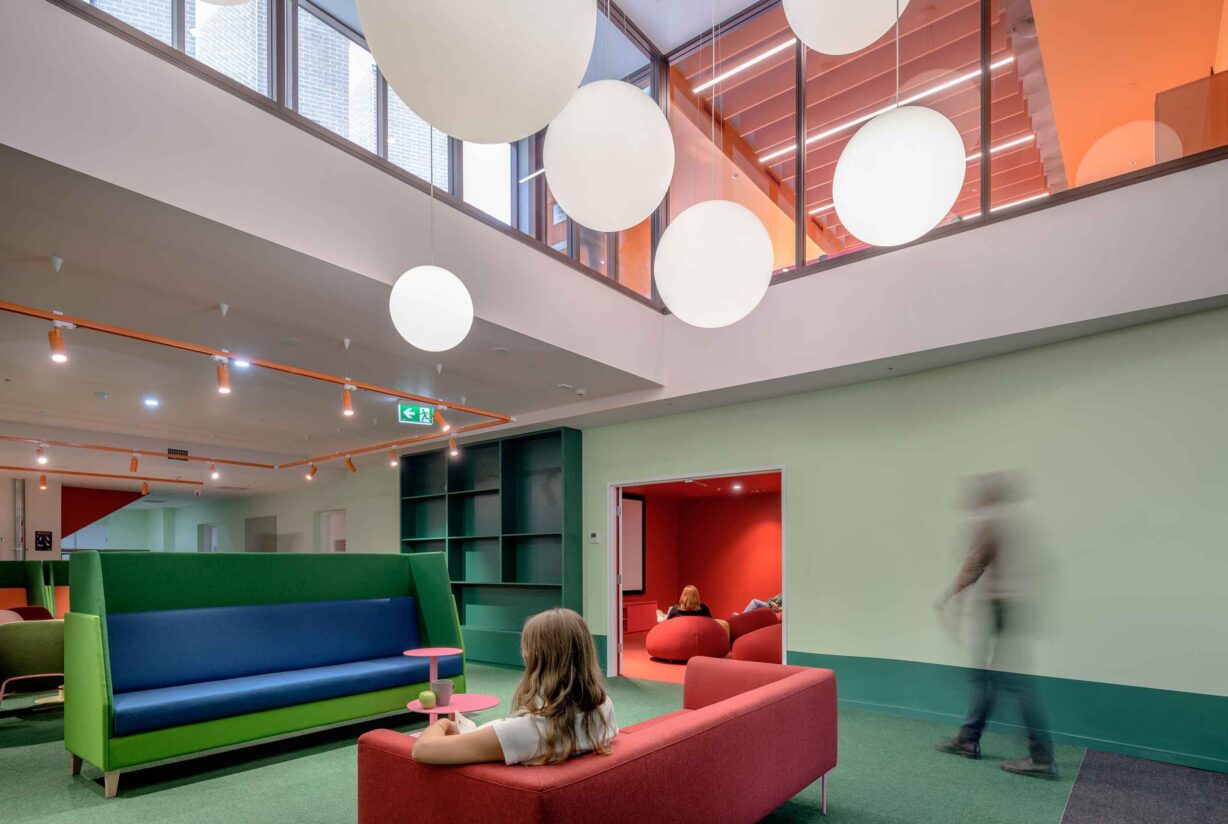The DBP – act one, scene one…
September 2021 | By Brian Mariotti
On 1 July this year, the Design and Building Practitioners Act 2020 came into effect, tightening construction industry controls on multi-residential developments.
The Act came in response to a NSW parliamentary inquiry into building standards following a spate of highly publicised failures in new apartment blocks, where home buyers lost their life savings buying into buildings riddled with defects.
Of course, there are always nay-sayers with new regulations. This is a big change, but a change we needed, both to raise construction standards, and restore consumer confidence. AJC welcomes the changes, which we think will lead to higher quality new housing and better outcomes for consumers, whether they’re renting or buying new apartments.
The Act imposes a statutory duty of care for those involved in the construction of buildings that will protect future owners and purchasers. A key change is the requirement for multi-residential building designs to be prepared by a registered Design Practitioner which must be followed exactly by the builder. Any changes, however minor, must be referenced back to the Design Practitioner for certification. Like everyone in design and construction, we’re working through the practicalities of compliance.
A Holistic Approach
AJC now has five registered Design Practitioners (architectural) inhouse and beyond the mandatory training for their accreditation, we’re reaching out to our clients and other collaborators to upskill and share knowledge. We have also been working with others architectural practices through the AIA Large Practice Forum’s technical group and the DBP champions group.
The built environment is a broad ecosystem. AJC has been attending the training sessions for architects and designers, as well as other industry forums to better understand how the Act will affect different stakeholders, differently.
With our clients, we’re keeping them abreast of our increased obligations, and showing how our involvement from inception to documentation will benefit project outcomes. We’re working with our subconsultants to strengthen lines of communication, so that design changes are properly documented, and all stakeholders understand the impact of changes. And importantly, we’re communicating with our builders, explaining design intent and learning more about their process – particularly in respect of variations – so we design for buildability.
Win Win
Yes, the Act imposes more work on the built environment sector, but the payoff is better quality products. And that’s good for everybody long term. But you can’t have carrot without the stick. To enforce this the NSW Builder Commissioner has been given significant new powers, aimed at preventing the sale of defect-riddled apartments, and preventing developers from compelling off-the-plan purchases not built to design. These powers are enabled under the Residential Apartment Buildings (Compliance and Enforcement Powers) Act 2020 (NSW) (RAB Act), which came into effect on 1 September 2020.
Yes, the Act imposes more work on the built environment sector, but the payoff is better quality products.
AJC Director, Brian Mariotti




